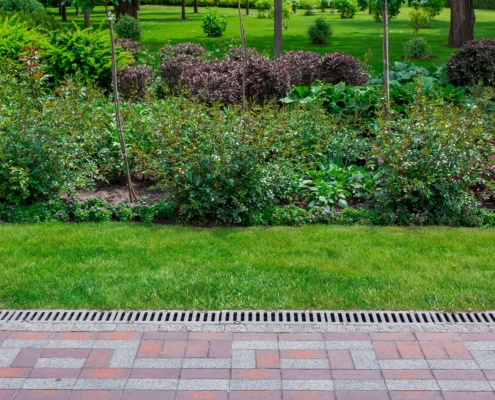
Protect Your Home and Yard with Professional Landscape Drainage Services in Highland Park, Dallas, TX
Water belongs where you guide it. In Highland Park and surrounding…
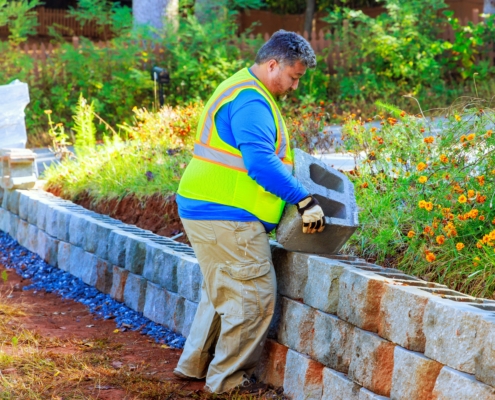
How to Find the Right Contractor for Landscape Design and Installation in Preston Hollow, Dallas, TX
Finding the right landscape design and installation contractor…
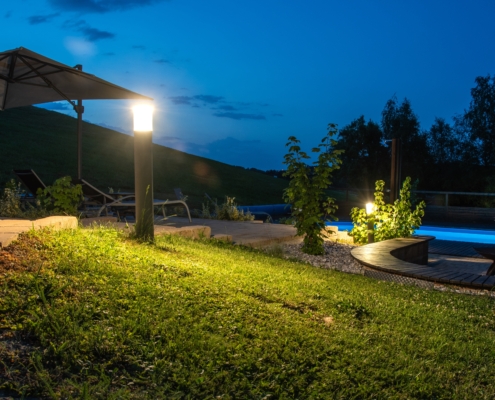
How Outdoor Lighting Design Changes Between Large Open Yards and Tight Urban Lots
Outdoor lighting plays a big role in shaping a property’s personality…

Why Routine Re-Aiming and Seasonal Adjustment Matter in Landscape Lighting
Landscape lighting changes the way a property feels after sunset.…
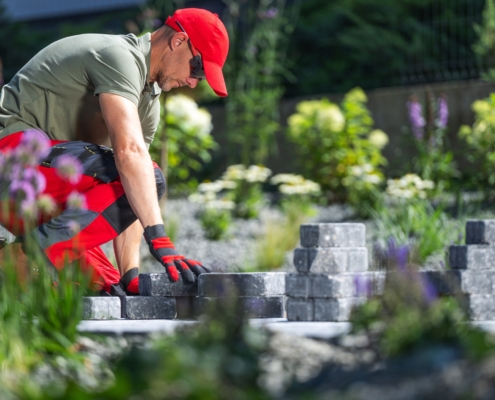
Why Hardscape and Landscape Design & Installation Should Happen Together – Not Separately
Every great outdoor space has balance. A perfectly designed landscape…

The Best Time of Year to Upgrade Your Irrigation & Drainage System for Efficiency
An efficient irrigation and drainage system is one of the best…
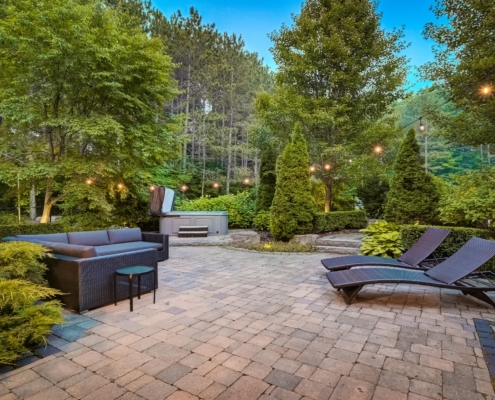
Why Hiring Local Landscaping Experts Makes a Difference in Long-Term Results
Landscaping isn’t just about looks, it’s about balance, longevity,…
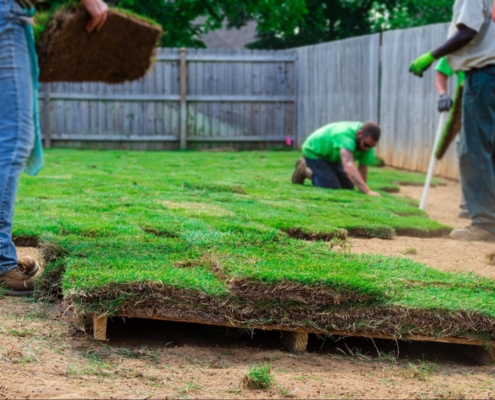
Dallas Landscaping Design: Solving Blackland Prairie Soil Problems with Smarter Bases, Roots & Drainage
Dallas homeowners often face a unique challenge beneath their…
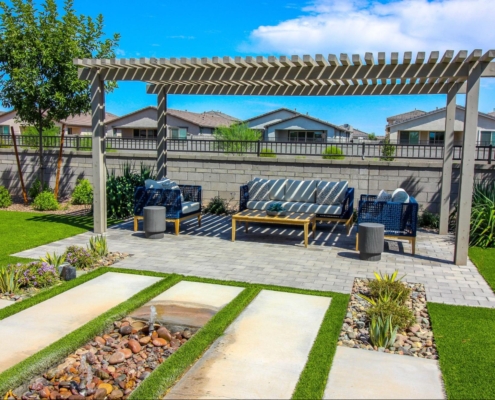
HOA-Ready Submittals: How Landscaping Near Dallas Projects Fast-Track Approvals for Patios, Pergolas & Lighting
Homeowners in Dallas, TX, and surrounding communities often face…

Slope on a Flat Lot: Micro-Grading, Dry Creek Beds & Subsurface Pipe – Dallas Irrigation & Drainage That Actually Flows
Homeowners in Dallas, TX, often think they’re lucky to have…
